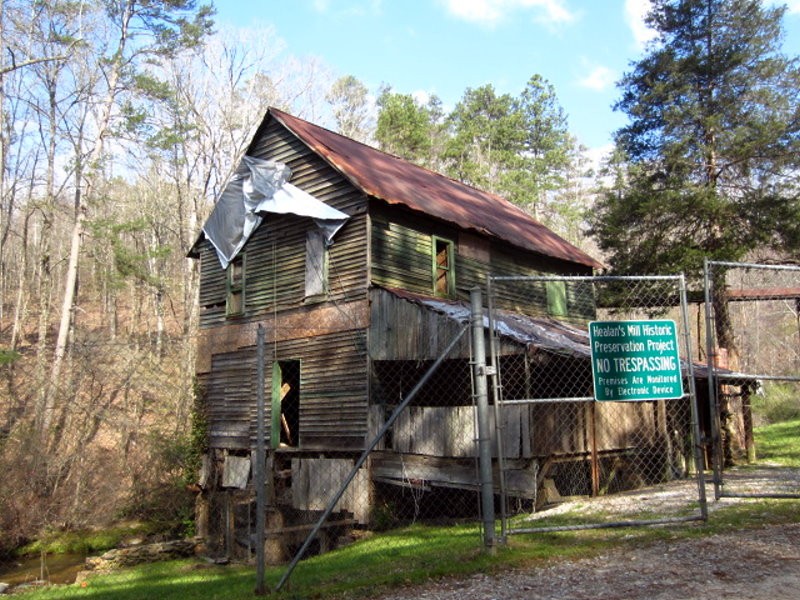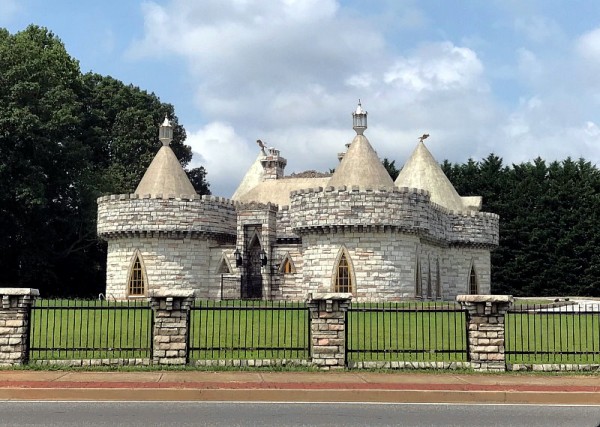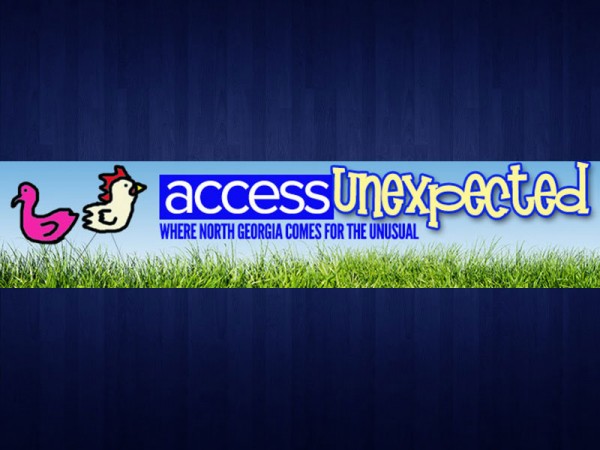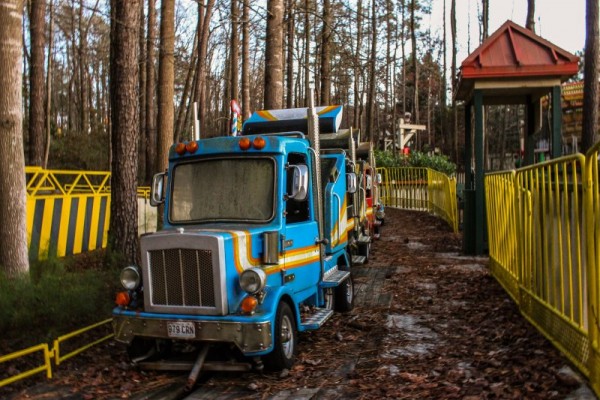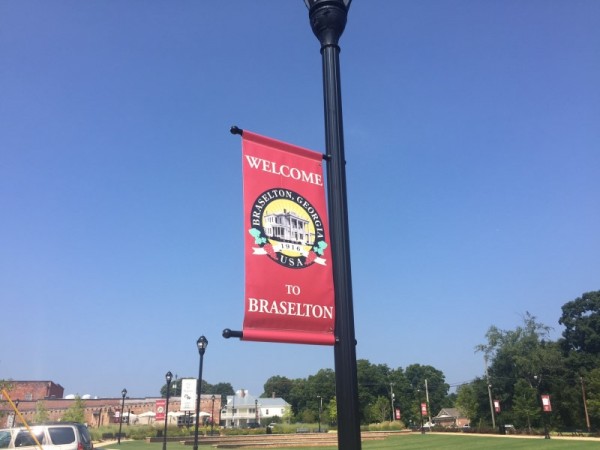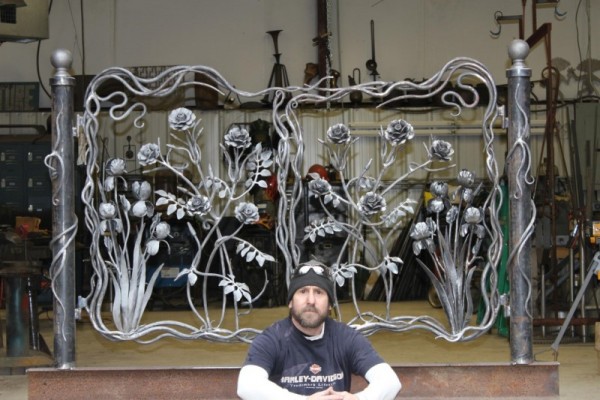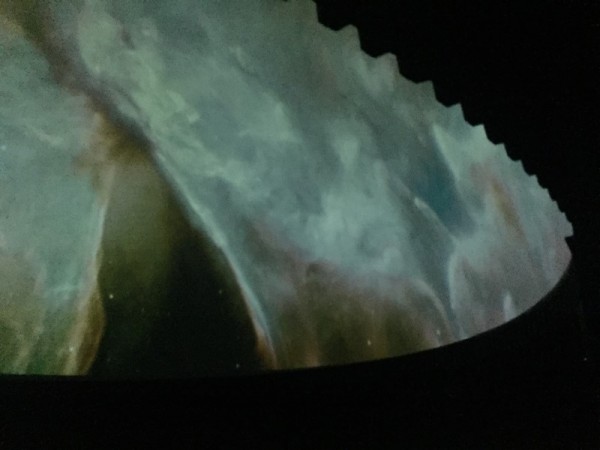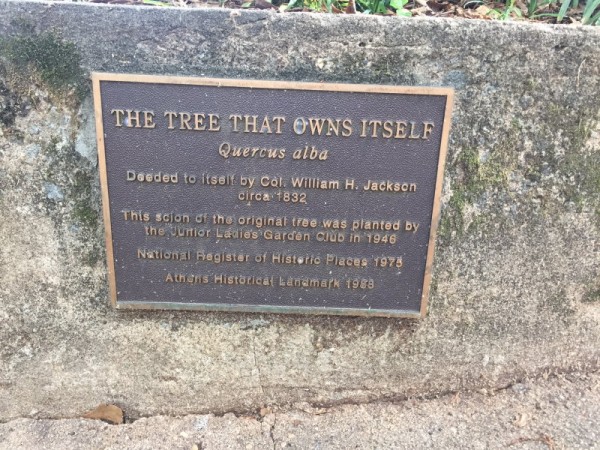Back in the spring, I had the privilege of taking a peek behind the fence at Healan's Mill (or, Head's Mill) and learning a little bit about Hall County's last standing grist mill and the efforts going in to preserving it, and I've barely shut up about it - just ask my friends.
This week, I was sent a link to a story we did about an archeology class at the local university, whose students were getting their hands dirty at the site of the mill. "Thought this might be a cool follow up for your blog!"
Indeed it was. I jumped at the opportunity to speak with Dr. William Balco, assistant professor of anthropology at the University of North Georgia's Dahlonega campus, on the Afternoon News Wrap about the program. (You can listen to the package above.) Here's what he told me.
Dr. Balco said the students weren't just playing in the dirt at the mill site. They're learning proper excavation techniques, putting in to practice archeological methods they've learned about, and contributing to the archeological record - seeing how people from the past operated their mills and lived their lives.
In Fall of 2015, they shoveled-tested around the mill, looking for subsurface features that were preserved. This fall, the students began small scale excavations, opening three units and exploring two different areas of the mill - one at the head of the mill race and another underneath the current mill race.
"We did these in order to not only give students and opportunity to participate in hands-on archeology and to learn the process of archeology, how slow it can be but how detailed it you have to be, but also to contribute to the archeological record of the site," said Balco. "What we've found out there are your standard nails, bolts, we found some glass and some pottery - the typical material you'd expect to find around anywhere where people are living in the past or conducting industrial activities, such as the mill."
Balco said he had several goals for his students. He wanted them to get some exposure to the process, contribute and give back to the community and also, help community members understand that archeology is not only still relevant, but all around us. "These sites are non-renewable. Once they get destroyed, once they get disturbed, we can't put them back again," Balco said.
And, not only are the students getting to flex their minds and muscles, but Balco said they're getting a once in a lifetime opportunity.
"Typically we encounter and archeological site and we never get to meet any of the descendant populations, the people whose great-grandparents lived and worked at the site. This is a wonderful opportunity because the people that are involved in the restoration of the building are actually descendants, the great-grandchildren, of the people that lived there and worked there... it really puts a personal touch on the site we don't get very often."
That's living history, folks.
We'll be back next week with another fun adventure, the chilly weather can't stop me.
Until then,
Stay curious



